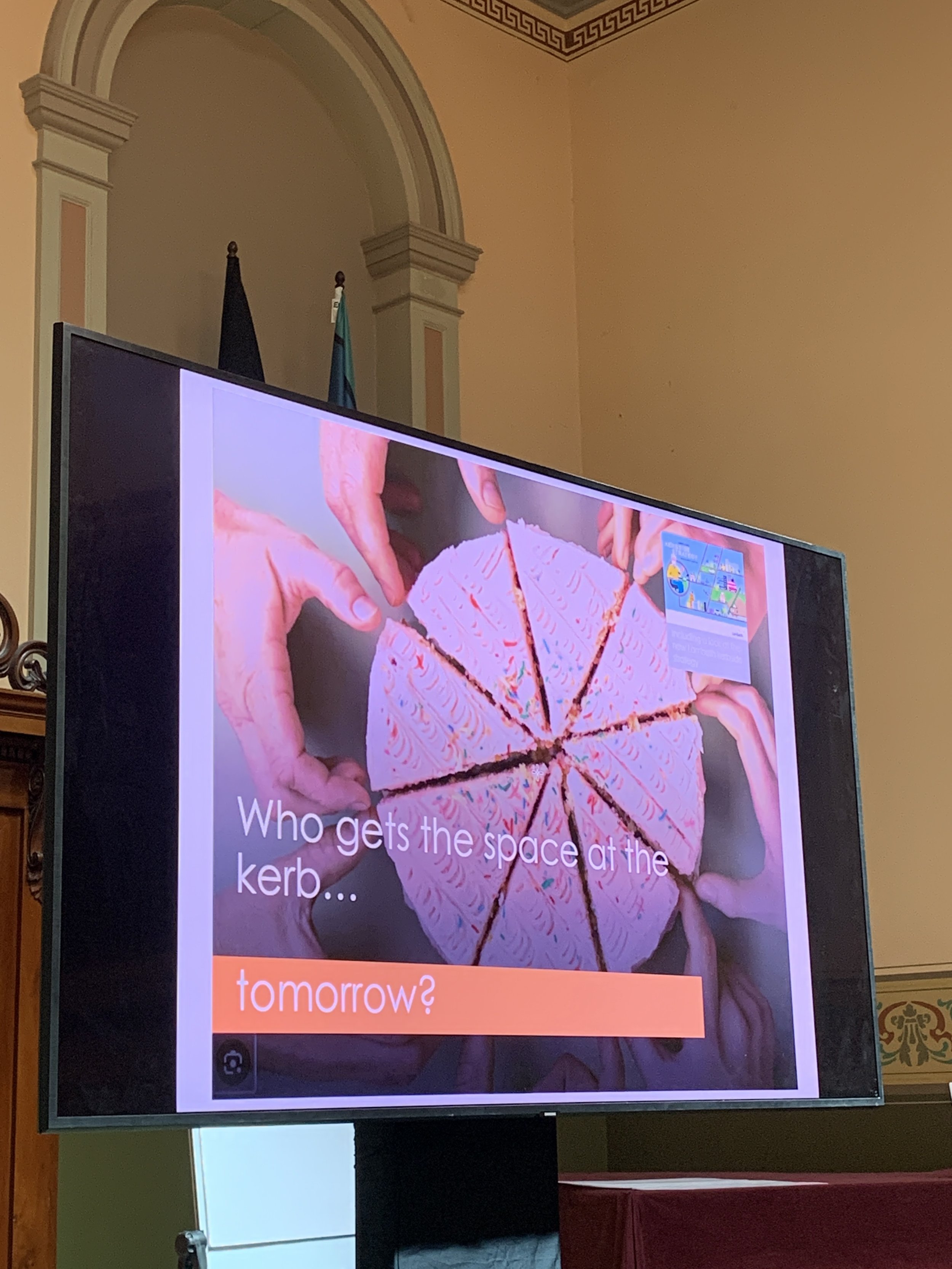artificial intelligence and machine learning
Rick Williams
Session: 5
Room: Portico Room
Summary: What can we borrow from other disciplines and research?
The speaker discussed their perceptions of AI and its limitations, addressing topics such as automated plagiarism, unreliable guessing, and ethical concerns related to intellectual property. The user also emphasised the significance of comprehending the rationale behind AI-generated responses, advocating for deeper insights rather than relying on single answers. Furthermore, the speaker delved into various AI-related subjects, encompassing clear-cut methodologies, sensitivity tests, neural networks, linear models, trip generation, and data processing. They elaborated on several technical concepts and their practical applications across diverse fields. For instance, the user explored the process of converting text into valuable data, particularly within the context of travel surveys. In addition, the speaker discusses the importance of reliability in public transport. They briefly discussed the intricacies of transfer simulations, leveraging historical data, and monitoring urban events. They also delved into the utilization of AI and predictive models in analyzing transportation data, addressing data quality issues and potential areas for enhancement. However, the speaker also mentions the challenges of collecting and analyzing data in the field.
Transport Spa Day
Liz Irvin (Stantec)
Session: 5
Room: Melbourne Room
Summary: A small session was held with the aim to share the good experiences Public Transport has given us. From people getting rid of the cars and enjoying walking, biking, and having a different way of freedom.
Choosing to pay a mortgage over buying a house, forgetting about parking, chasing the tram, becoming more sustainable, becoming part of new groups (i.e., biking) and even watching the journey from a different point of view.
Although some limitations and opportunities for improvement are acknowledged, most of the stories seem to end the same way: no regrets about getting rid of the car. After some years, many improvements have been made and seen by the storytellers, which in a sense makes all the work more fulfilling.
Who gets Space at the Kerb?
Harry Basser
Session: 5
Room: Melbourne Room
Summary: How can we get buses at close to the train station as possible? Who gets priority on our road interfaces? This session explored Lambeth as a case study. There is limited space within our built environments, Lambeth have discussed how the metres that form a street, introduces a “portfolio”. Within this portfolio, what types of uses can we allocate within these intervals along the kerb. In Lambeth, a tree is planted every 25m. Bike parking is provided every 50m. If you have 85m, that means 1 bike parking station is required, using 5% of the allocation. The Lambeth portfolio: 15% Trees 5% Bike Parking The remaining 80% is for other uses. What about City of Melbourne? An approach was proposed where the 5 metre slots were counted with their associated uses. In Melbourne 24% is allocated for vehicles in motion, the largest category was dedicated to parking. How can we most efficiently manage our keen space. With a limited number of ‘bays’ what other formations can we employ to introduce more greening, car sharing, and uses not related to parking.

